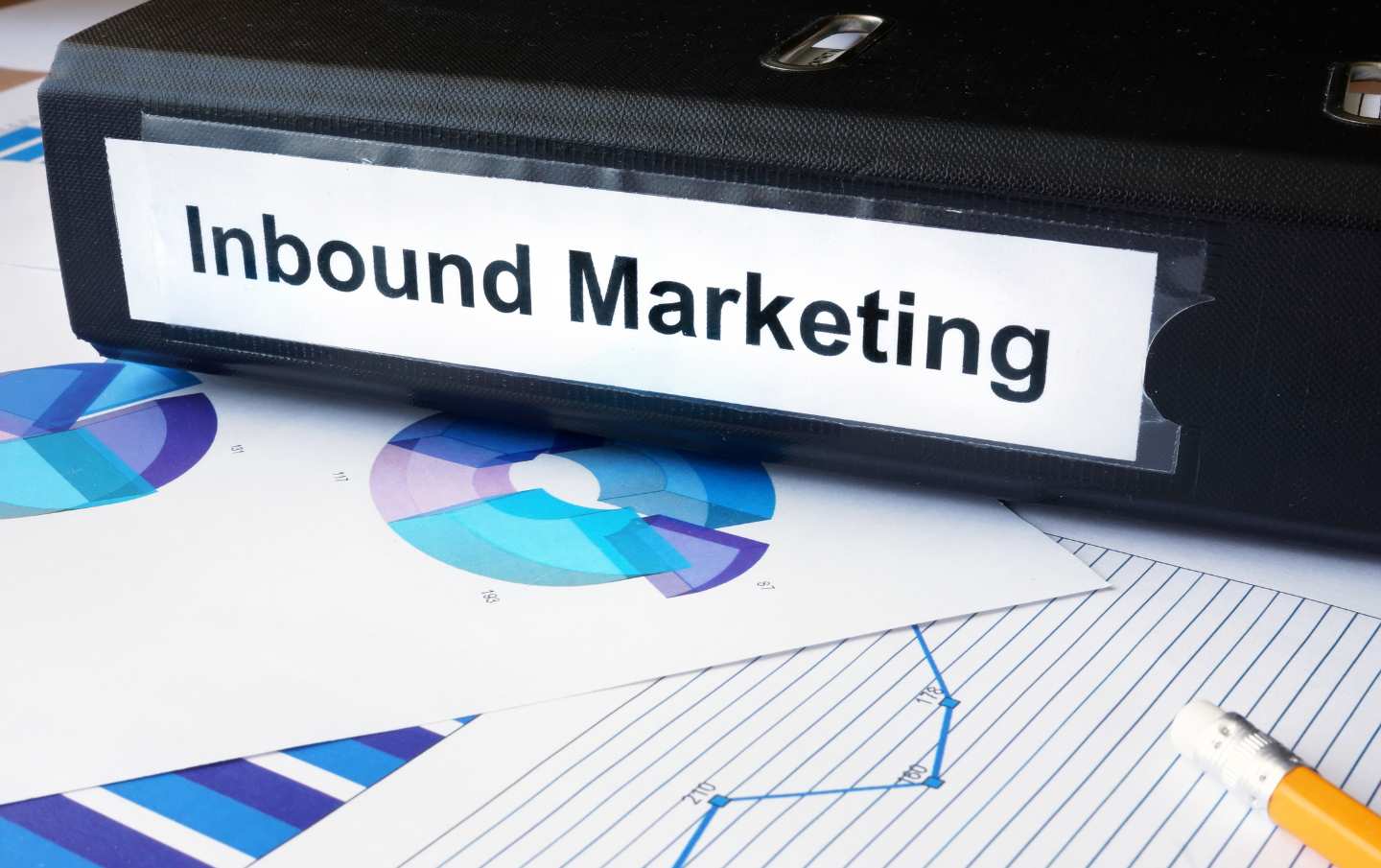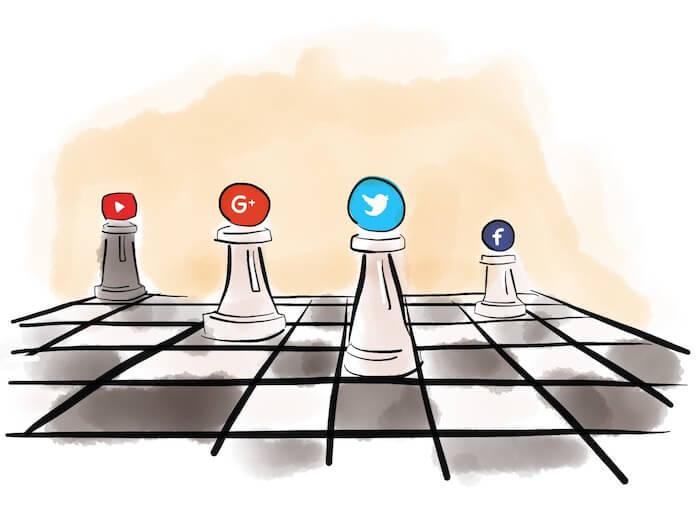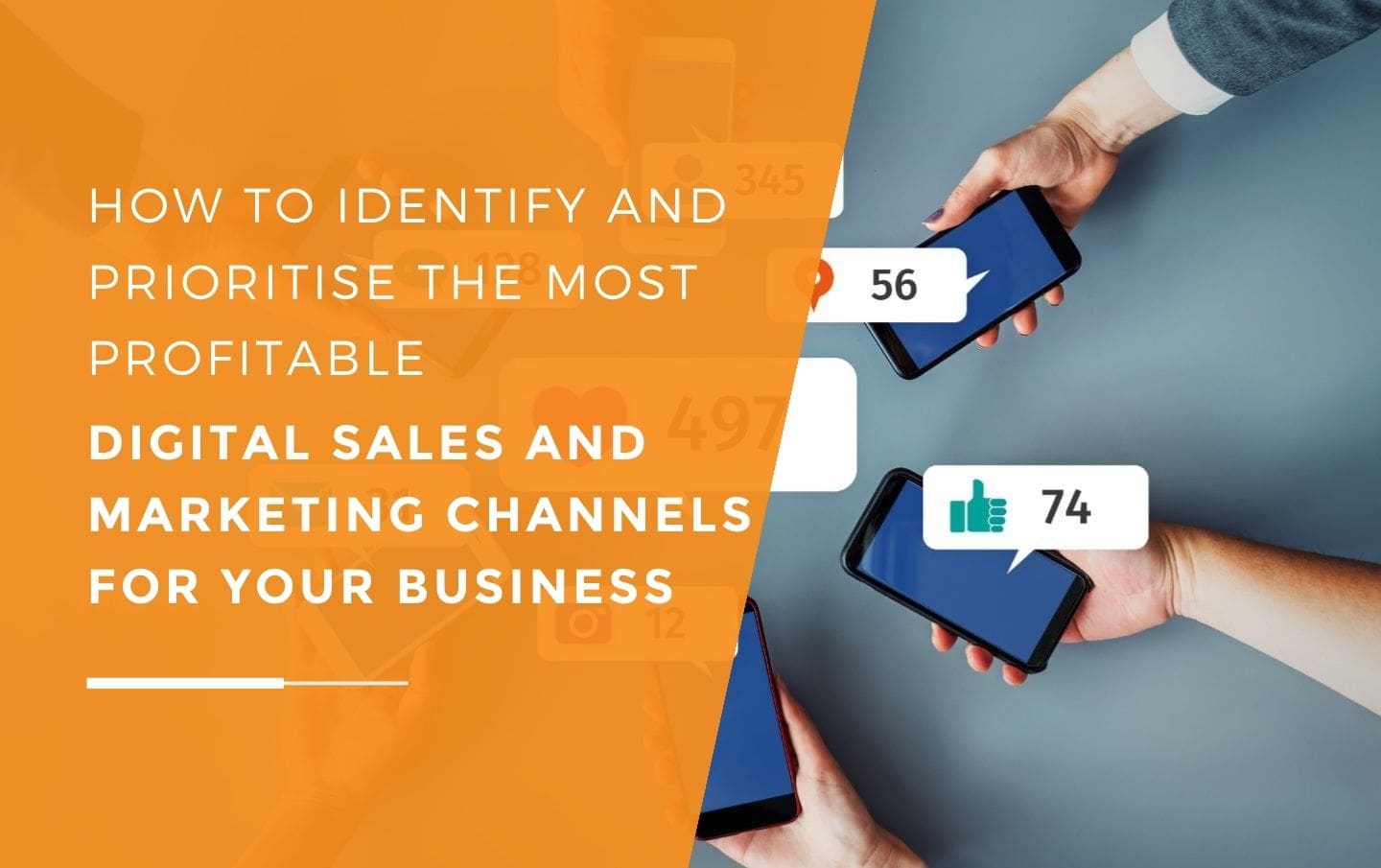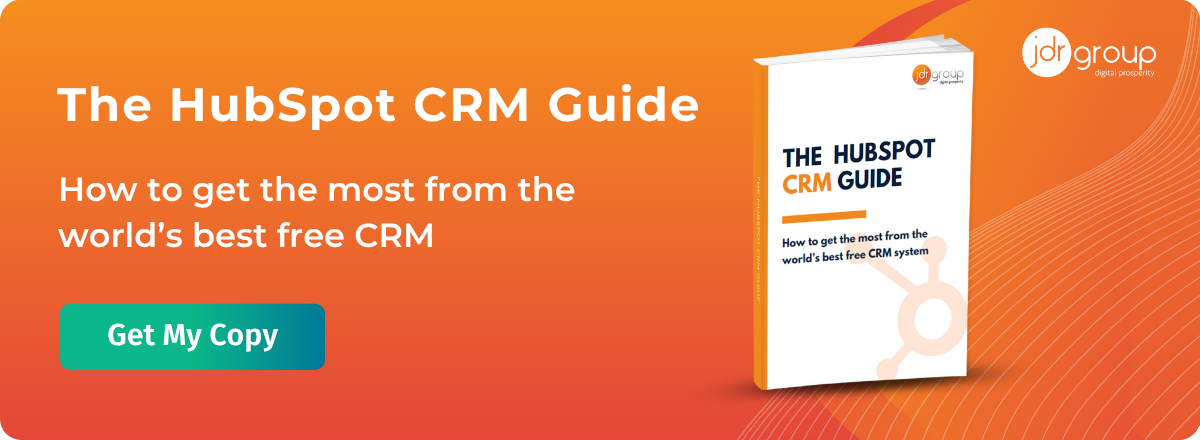Inbound Marketing: Where To Begin For Small Businesses
by Will Williamson on 29-May-2023 11:30:00

Inbound marketing is a customer-centric, content-driven approach to marketing that focuses on engaging and attracting inbound sales enquiries from potential customers, rather than interrupting them through traditional outbound sales methods. With numerous inbound strategies and channels available to small businesses, it’s easy for business owners to feel overwhelmed and unsure of where to begin. In this article, we will guide you through the essential steps for developing a bespoke inbound marketing plan tailored to the needs of your small business and its customers.
1. Define Your Buyer Personas/Ideal Customers
Before you invest in any marketing activities, it’s important to identify your buyer personas – also known as ideal customer – profiles. Knowing who these people are, what they value from a product or service like yours, and what they need right now is essential for creating meaningful content that resonates with them and encourages engagement. Building these profiles can also help you better understand your audience’s characteristics, behaviours, preferences, and even demographics, so are a useful market research and brainstorming tool on which to base future content development. You can use online tools such as Google Analytics and social media to gather information about your target customers or conduct surveys and interviews with existing customers to build a well-rounded profile.
2. Establish Your Brand And Messages
Your marketing brand is more than just a logo or a tagline – it’s more about the perception and emotions that your business evokes in the minds of your customers. Therefore, a core part of inbound marketing is creating a strong and consistent voice that aligns with your buyer personas, values, and mission. Your messaging should be clear, concise, straightforward, and relevant to your audience; use your unique selling propositions to differentiate yourself from your competitors in your content and create compelling CTAs.
3. Develop A Bespoke Content Strategy
Digital content is the backbone of inbound marketing, with an asset base that will grow to include your website content, landing pages, blog articles, downloadable guides, videos, infographics, and social media posts. Creating quality content that adds value to your target audience can help you attract and engage them, build trust, and nurture relationships throughout the sales cycle. Your content should be topical, easy to read, and entertaining, addressing the needs, pain points, and interests experienced by your customers at a particular stage in their journey – whether this is awareness, consideration, or decision.
4. Invest In Search Engine Optimisation (SEO)
SEO is the practice of optimising your website and online content to rank higher on search engines – principally Google but also Bing and voice-activated search engines such as Microsoft Cortana and Apple’s Siri. It’s important to understand the basic dos and don’ts of SEO to increase your visibility and reach more potential customers. You should pay attention to using relevant keywords, meta descriptions, alt text, internal linking, and a website that looks the same on all devices, in all your content, but remember that visibility to search engine robots isn’t the be-all and end-all of inbound marketing. Your content must primarily be aligned with the interests and needs of human readers, and Google rewards high-quality content with higher rankings, while low-quality and ‘spammy’ content is often penalised.
5. Promote Your Content Through Multiple Channels
Creating great content on your business blog or website is not enough to get you noticed. You’ll need to actively promote it through multiple marketing channels to reach your audience and drive traffic to your site. There are various channels you can use for this such as social media, email marketing, guest blogging, influencer outreach, and paid ads on Google and various social platforms. Prioritise the channels that are used most by your target personas and test different approaches to see what works best.
6. Track And Analyse Your Performance
To measure the effectiveness of your inbound marketing efforts, you should take advantage of data monitoring and analytics tools such as Google Analytics and HubSpot. These tools let you track engagement metrics such as website traffic, conversion rate, bounce rate, time on site, and social shares – giving you an objective picture of how well your assets are attracting your target customers. The articles and digital assets that perform the best are often the ones you least expect at the time. Use this data to identify the strengths and weaknesses of your content strategy and adjust accordingly to improve your performance.
7. Test And Refine Your Marketing Strategy
Inbound marketing is an iterative process, meaning you need to test and refine your content strategy continuously to stay relevant and effective. A/B testing is a powerful technique that allows you to compare two versions of your content and identify which one performs better. You can test different headlines, visuals, formats, calls-to-action, or even entire campaigns, using the insights to refine your content over time and achieve better results.
Getting Started With Inbound Marketing
Get advice and information on how to start your inbound marketing journey with JDR Group by booking a free call and initial consultation with one of our experts.
Image Source: Canva
- Inbound Marketing (SEO, PPC, Social Media, Video) (824)
- Strategy (363)
- Sales & CRM (195)
- Marketing Automation & Email Marketing (190)
- Business Growth (164)
- Website Design (160)
- Hubspot (138)
- Lead Generation (115)
- Google Adwords (98)
- Content Marketing (94)
- Conversion (48)
- Case Studies (47)
- News (47)
- Ecommerce (39)
- Webinars (34)
- SEO (24)
- AI (20)
- Events (19)
- Video (17)
- LinkedIn Advertising (15)
- Video Selling (15)
- Software training (13)
- Niche business marketing (11)
- The Digital Prosperity Podcast (10)
- Facebook Advertising (6)
- HubSpot Case Studies (5)
- December 2025 (10)
- November 2025 (6)
- October 2025 (17)
- September 2025 (16)
- August 2025 (14)
- July 2025 (14)
- June 2025 (5)
- May 2025 (19)
- April 2025 (15)
- March 2025 (13)
- February 2025 (13)
- January 2025 (8)
- December 2024 (2)
- November 2024 (4)
- October 2024 (21)
- September 2024 (4)
- August 2024 (8)
- July 2024 (14)
- June 2024 (16)
- May 2024 (25)
- April 2024 (15)
- March 2024 (18)
- February 2024 (5)
- January 2024 (10)
- December 2023 (6)
- November 2023 (10)
- October 2023 (13)
- September 2023 (12)
- August 2023 (14)
- July 2023 (13)
- June 2023 (14)
- May 2023 (15)
- April 2023 (13)
- March 2023 (14)
- February 2023 (13)
- January 2023 (15)
- December 2022 (13)
- November 2022 (6)
- October 2022 (8)
- September 2022 (22)
- August 2022 (15)
- July 2022 (13)
- June 2022 (16)
- May 2022 (14)
- April 2022 (16)
- March 2022 (17)
- February 2022 (11)
- January 2022 (8)
- December 2021 (6)
- November 2021 (7)
- October 2021 (11)
- September 2021 (10)
- August 2021 (7)
- July 2021 (7)
- June 2021 (4)
- May 2021 (4)
- April 2021 (1)
- March 2021 (3)
- February 2021 (5)
- January 2021 (4)
- December 2020 (7)
- November 2020 (6)
- October 2020 (5)
- September 2020 (9)
- August 2020 (18)
- July 2020 (17)
- June 2020 (17)
- May 2020 (10)
- April 2020 (21)
- March 2020 (24)
- February 2020 (21)
- January 2020 (12)
- December 2019 (23)
- November 2019 (12)
- October 2019 (14)
- September 2019 (16)
- August 2019 (15)
- July 2019 (13)
- June 2019 (6)
- May 2019 (8)
- April 2019 (4)
- March 2019 (2)
- February 2019 (2)
- January 2019 (2)
- December 2018 (3)
- November 2018 (24)
- September 2018 (11)
- August 2018 (9)
- June 2018 (3)
- May 2018 (6)
- April 2018 (14)
- March 2018 (12)
- February 2018 (16)
- January 2018 (15)
- December 2017 (15)
- November 2017 (18)
- October 2017 (23)
- September 2017 (19)
- August 2017 (28)
- July 2017 (27)
- June 2017 (25)
- May 2017 (18)
- April 2017 (17)
- March 2017 (16)
- February 2017 (17)
- January 2017 (14)
- December 2016 (21)
- November 2016 (27)
- October 2016 (25)
- September 2016 (16)
- August 2016 (20)
- July 2016 (19)
- June 2016 (14)
- May 2016 (20)
- April 2016 (24)
- March 2016 (22)
- February 2016 (28)
- January 2016 (27)
- December 2015 (28)
- November 2015 (19)
- October 2015 (9)
- September 2015 (12)
- August 2015 (5)
- July 2015 (1)
- June 2015 (10)
- May 2015 (3)
- April 2015 (11)
- March 2015 (14)
- February 2015 (15)
- January 2015 (12)
- December 2014 (2)
- November 2014 (23)
- October 2014 (2)
- September 2014 (2)
- August 2014 (2)
- July 2014 (2)
- June 2014 (7)
- May 2014 (14)
- April 2014 (14)
- March 2014 (7)
- February 2014 (2)
- January 2014 (7)
- December 2013 (9)
- November 2013 (14)
- October 2013 (17)
- September 2013 (3)
- August 2013 (6)
- July 2013 (8)
- June 2013 (4)
- May 2013 (3)
- April 2013 (6)
- March 2013 (6)
- February 2013 (7)
- January 2013 (5)
- December 2012 (3)
- November 2012 (2)
- September 2012 (1)
Subscribe by email
You May Also Like
These Related Blogs

How To Evaluate Your Businesses Social Media In 3 Easy Steps!
As a business owner it can be really easy to fall into the trap of working in your business rather than on your business. One of the symptoms of this …

How To Identify And Prioritise The Most Profitable Digital Sales And Marketing Channels For Your Business
The Internet is a wide-open landscape when it comes to making sales for your business.

Business Productivity: An Inside Look At Lead Generation & Pipeline Management
Every business needs to focus on two things in order to grow and develop: generating new leads alongside retaining existing customers. As long as you …




